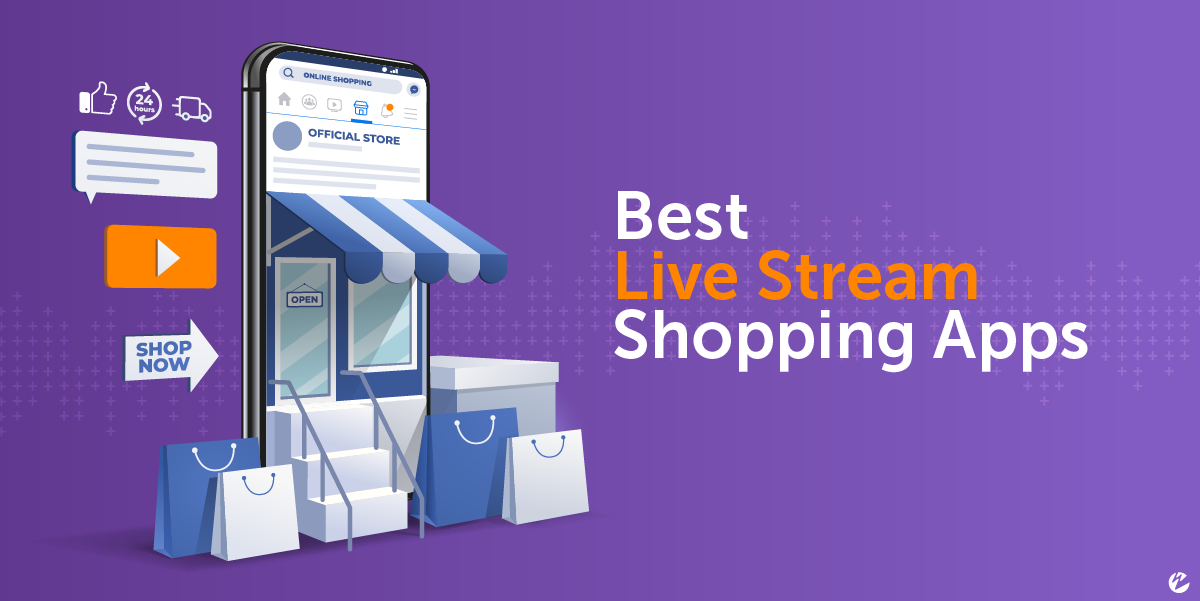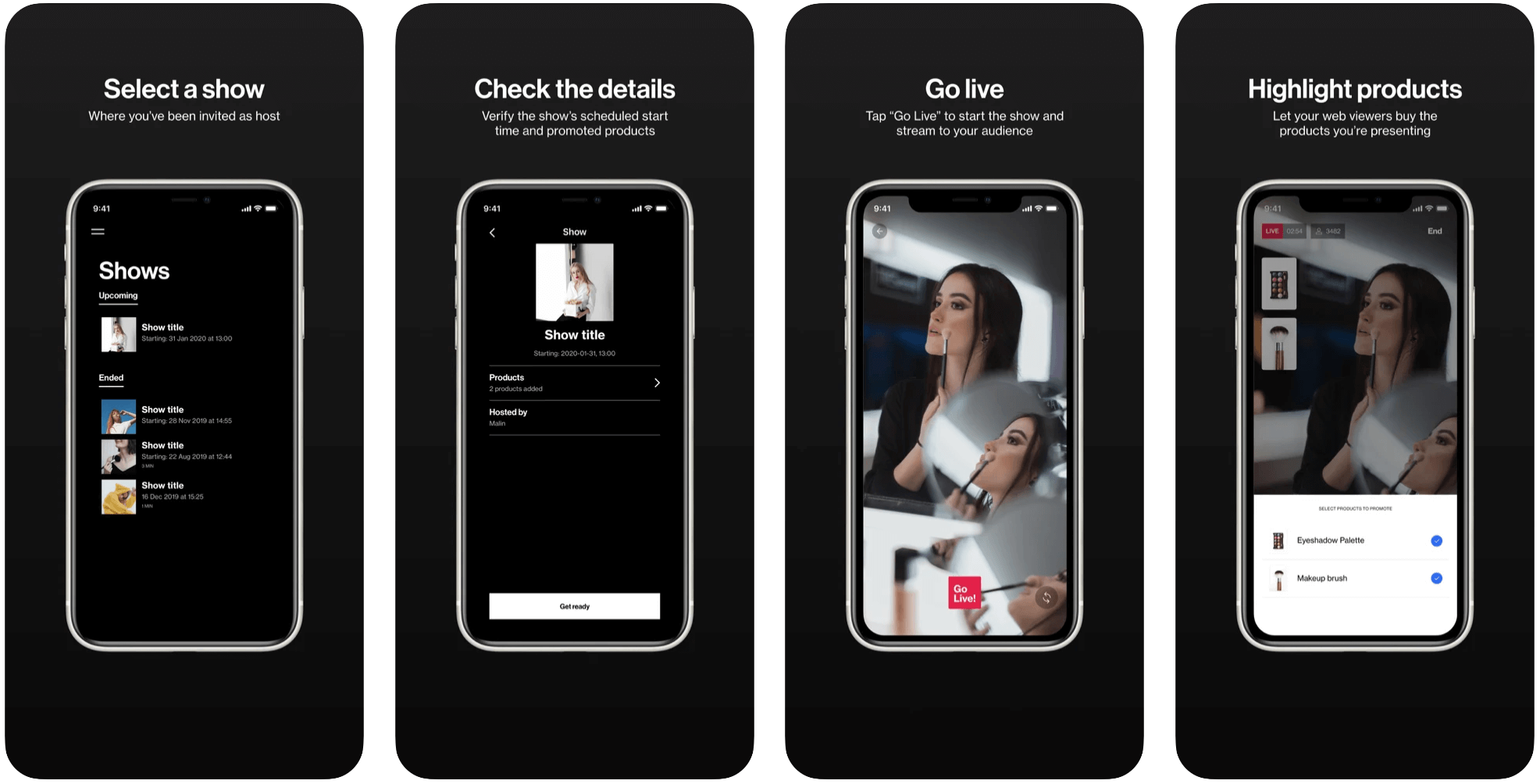In today's digital age, live video shopping has emerged as a revolutionary way to engage customers, driving sales and enhancing the shopping experience. Developing the best live video shopping app requires a blend of innovative technology, user-centric design, and robust infrastructure. This comprehensive guide delves into the essential elements of creating a top-tier live video shopping app that stands out in the competitive market.
Understanding the Essentials of Live Video Shopping
What is Live Video Shopping?
Live video shopping combines live streaming with e-commerce, allowing customers to watch product demonstrations in real-time and make purchases directly within the video. This interactive shopping experience mimics in-store shopping by providing instant feedback, personalized recommendations, and a sense of community.
Why Invest in Live Video Shopping App Development?
The live video shopping trend is driven by several factors:
- Increased Engagement: Live video fosters real-time interaction, enhancing customer engagement and retention.
- Higher Conversion Rates: The immediacy of live shopping often leads to impulse purchases, boosting conversion rates.
- Enhanced Customer Experience: Personalized interactions and demonstrations help build trust and satisfaction.
Key Features of a Top-Notch Live Video Shopping App
1. Seamless Live Streaming Integration
A crucial component of any live video shopping app is high-quality live streaming. Ensure your app supports:
- HD Video Streaming: Clear and crisp video quality to showcase products effectively.
- Low Latency: Minimal delay to ensure real-time interaction between hosts and viewers.
- Scalability: Ability to handle large numbers of concurrent viewers without performance issues.
2. Interactive Shopping Experience
To maximize user engagement, incorporate features that allow real-time interaction, such as:
- Live Chat: Enables viewers to ask questions and receive immediate responses.
- Reaction Buttons: Allow users to express their feelings through likes, hearts, and other reactions.
- Polls and Surveys: Engage viewers by seeking their opinions during the live session.
3. Integrated E-commerce Functionality
The shopping process should be seamless, allowing viewers to make purchases without leaving the video stream:
- In-Video Purchase Buttons: Users can click on products displayed during the live stream to add them to their cart or buy instantly.
- Product Information Overlays: Display detailed product information, prices, and availability directly within the video.
- Secure Payment Gateway: Ensure secure and diverse payment options to cater to a global audience.
4. Advanced Analytics and Insights
Understanding user behavior and performance metrics is vital for continuous improvement:
- Real-Time Analytics: Track viewer engagement, purchase actions, and session duration in real-time.
- User Behavior Insights: Analyze data to understand customer preferences and tailor future content accordingly.
- Performance Metrics: Monitor key performance indicators (KPIs) such as conversion rates, average order value, and return on investment (ROI).

5. User-Friendly Interface and Experience
A smooth and intuitive user experience is critical for retaining users and encouraging frequent engagement:
- Intuitive Navigation: Simple and clear interface for easy access to live streams and product information.
- Personalized Recommendations: Utilize AI to suggest products based on user preferences and past behavior.
- Customizable Notifications: Allow users to set reminders for upcoming live events and receive notifications about special offers.
Steps to Develop a Live Video Shopping App
1. Market Research and Planning
Before diving into development, conduct thorough market research to understand the competitive landscape and user preferences. Define your target audience and identify key features that will set your app apart.
2. Choosing the Right Technology Stack
Select a technology stack that ensures robust performance, scalability, and security. Commonly used technologies for live video streaming include:
- Frontend: React Native, Flutter for cross-platform app development.
- Backend: Node.js, Python, or Ruby on Rails for server-side operations.
- Streaming Protocols: WebRTC, RTMP for real-time video streaming.
3. Designing the User Interface
Focus on creating an attractive and intuitive UI/UX design. Collaborate with experienced designers to develop wireframes and prototypes that align with your brand identity and user expectations.
4. Developing Core Features
Implement the core features of the app, ensuring seamless integration of live streaming, e-commerce functionality, and interactive elements. Use agile development methodologies to allow for iterative testing and improvements.
5. Testing and Quality Assurance
Thoroughly test the app to identify and fix bugs, ensuring a smooth and error-free user experience. Perform various tests, including:
- Functional Testing: Verify that all features work as intended.
- Performance Testing: Ensure the app can handle high traffic and maintain performance.
- Security Testing: Protect user data and transactions through rigorous security measures.
6. Launch and Marketing
Once the app is ready, plan a strategic launch to create buzz and attract initial users. Utilize various marketing channels, such as social media, influencer partnerships, and paid advertising, to reach your target audience.
7. Continuous Improvement and Updates
Post-launch, gather user feedback and monitor performance metrics to identify areas for improvement. Regularly update the app with new features, enhancements, and security patches to keep users engaged and satisfied.
Challenges in Live Video Shopping App Development
1. High Bandwidth Requirements
Live streaming demands significant bandwidth, and ensuring smooth performance for all users can be challenging. Optimize video compression and delivery techniques to manage bandwidth efficiently.
2. User Privacy and Security
Handling user data securely is paramount. Implement robust encryption, secure payment gateways, and strict privacy policies to protect user information.
3. Scalability
As the user base grows, the app must scale effectively to handle increased traffic and interactions. Employ scalable cloud infrastructure and load balancing techniques to maintain performance.
4. Integration with E-commerce Platforms
Seamlessly integrating with existing e-commerce platforms and inventory management systems can be complex. Ensure compatibility and smooth data synchronization to provide a unified shopping experience.
Future Trends in Live Video Shopping

1. Augmented Reality (AR) Integration
AR can enhance the shopping experience by allowing users to visualize products in their environment before making a purchase. Integrate AR features to offer virtual try-ons and product demonstrations.
2. Artificial Intelligence (AI) and Machine Learning
AI and machine learning can provide personalized recommendations, optimize inventory management, and enhance customer support through chatbots. Leverage these technologies to create a smarter shopping experience.
3. Social Media Integration
Integrating live video shopping with social media platforms can expand reach and engagement. Allow users to share live sessions and purchases on their social media profiles to attract more viewers.
4. Blockchain for Secure Transactions
Blockchain technology can enhance the security and transparency of transactions. Consider integrating blockchain solutions to provide users with a secure and trustworthy shopping environment.
Conclusion
Developing the best live video shopping app requires a strategic approach, incorporating cutting-edge technology and user-centric design. By focusing on seamless live streaming, interactive features, robust e-commerce functionality, and continuous improvement, you can create an app that stands out in the competitive landscape and drives significant engagement and sales.






